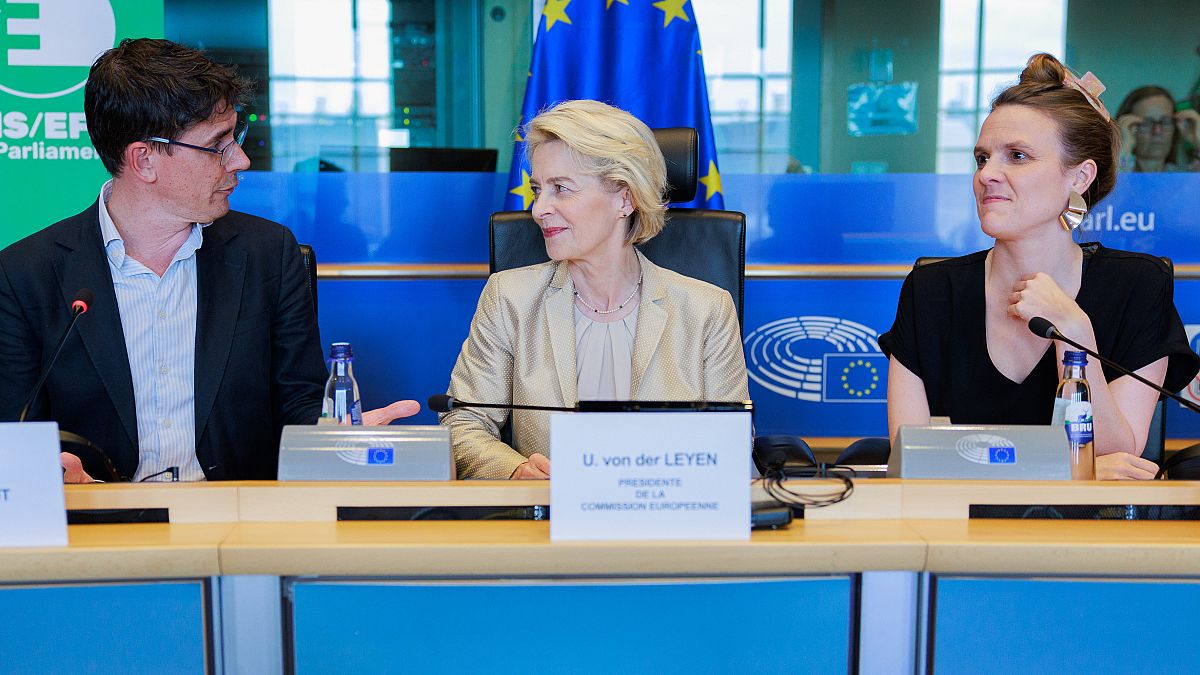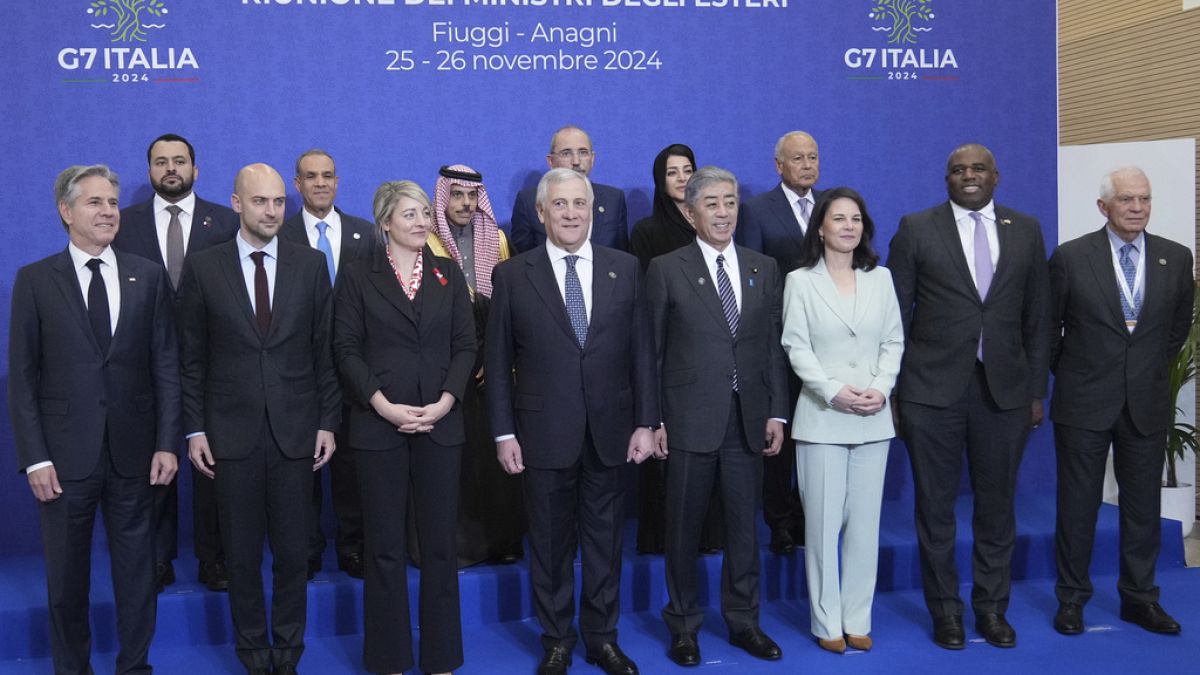Australia’s economy grew by just 0.2 per cent in the three months to June, landing broadly in line with expectations and taking the annual rate to 1.5 per cent.
Economic growth slowed over the course for the last financial year, Australian Bureau of Statistics head of national accounts Katherine Keenan said.
“Excluding the COVID-19 pandemic period, annual financial year economic growth was the lowest since 1991/92 – the year that included the gradual recovery from the 1991 recession,” Ms Keenan said.
In the first three months of the year, the Australian Bureau of Statistics recorded a 0.2 per cent rise .
Battling inflation comes at the expense of a weaker economy, with higher interest rates designed to encourage more saving and less spending, lowering demand for goods and services and therefore prices.
The Reserve Bank of Australia was bracing for another weak set of national accounts data and the economists believed a soft result was unlikely to sway the outlook on interest rates.
The central bank maintains underlying price pressures are still strong and interest rate cuts were looking unlikely until next year.
On a per person basis, growth was in decline for the sixth quarter in a row, falling 0.4 per cent.
Household spending fell 0.2 per cent detracting 0.1 percentage points from GDP growth, with less going towards discretionary items.














